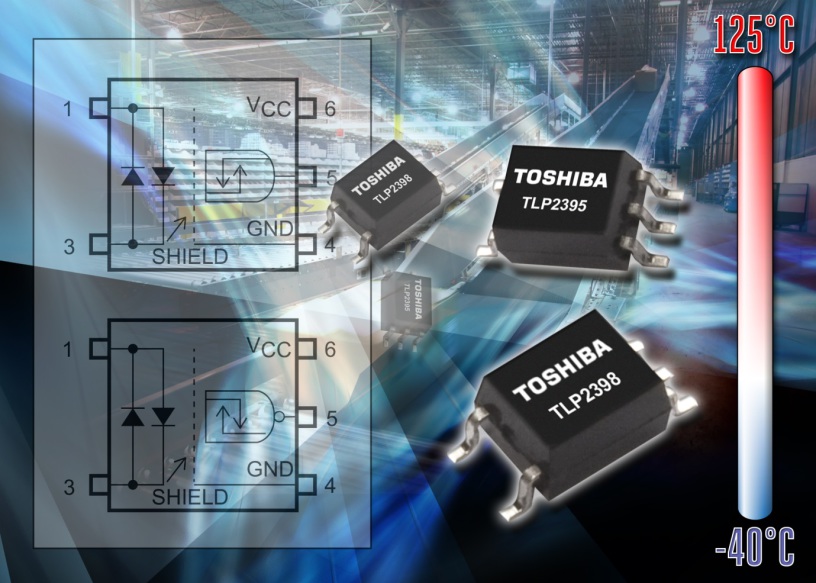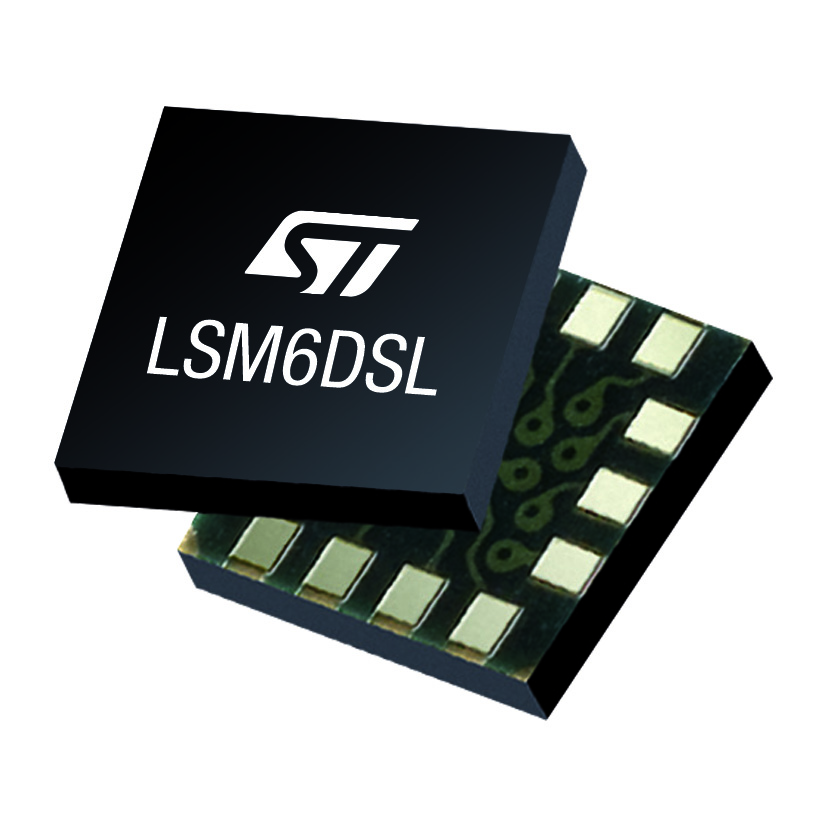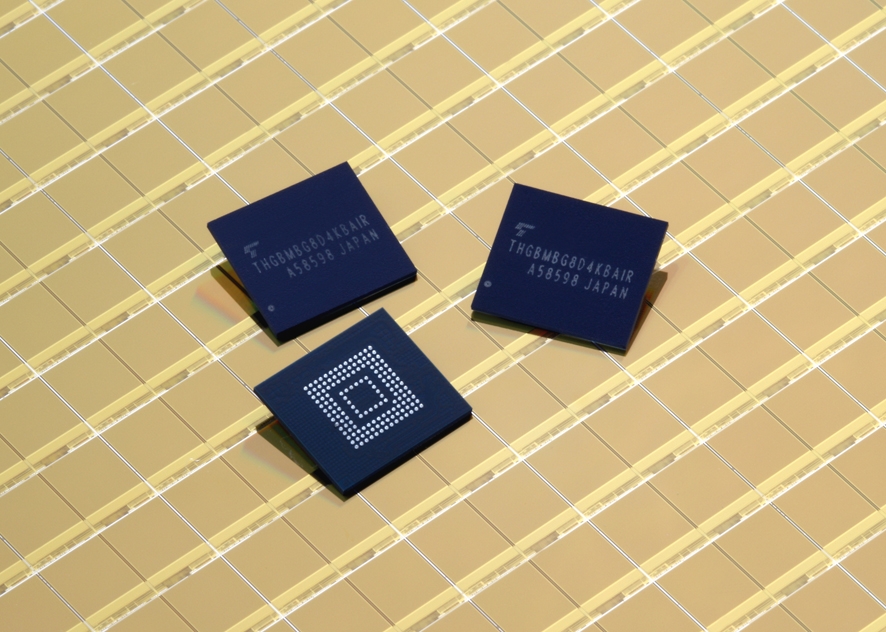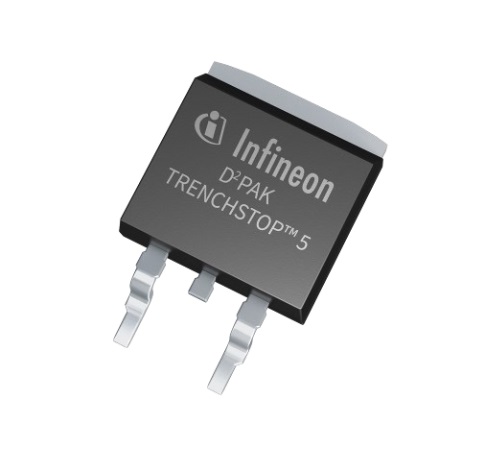Toshiba Announces Dual Polarity Input Photocouplers for Industrial Designs
High-speed, extended temperature devices lower component count and drive down power consumption.
Toshiba Electronics Europe (TEE) has announced two new dual-polarity, high-speed photocouplers* that can support both sink and source logic input signals. The TLP2395 and TLP2398 will help to significantly reduce component count and power consumption in industrial systems ranging from programmable logic controllers (PLCs) to instrumentation.
Requirements to support both sink and source logic inputs in modern PLC and instrumentation systems means that bridge circuitry is commonly employed upstream from the photocouplers used in high-speed digital interfaces. Now, however, by combining two LEDs in a reverse parallel configuration, the TLP2395 and TLP2398 eliminate the need for these bridge circuits. As a modern PLC can have multiple photocouplers – and, therefore, multiple bridge circuits – the devices will significantly reduce circuit size, power consumption and cost.
Both the TLP2395 (logic buffer output) and the TLP2398 (inverter output) photocouplers will accommodate a wide 3V to 20V power supply voltage range, which helps to reduce the need for DC-DC conversion circuitry. Each device also offers guaranteed operation at temperatures ranging from -40°C to 125°C.
Toshiba’s new devices support a data transfer speed of 5Mbps and combine a propagation delay of less than 250ns with a pulse width distortion below 80ns. As a result they are ideal for RS232C, RS422, RS485 and other commonly used industrial communication interfaces. A low input current drive of 2.3mA and a supply current of just 3mA contribute to application efficiency.
The two new couplers are supplied in SO6 surface mount packaging that integrates two GaAlAs LEDs coupled with a high-gain, high-speed photodetector. Despite board mounting dimensions of only 7.0mm x 3.7mm x 2.3mm, guaranteed minimum creepage and clearance distance is 5mm and guaranteed minimum input-output withstand voltage is 3.5kVrms. An internal Faraday shield ensures common-mode transient immunity of ±20kV/μs.










